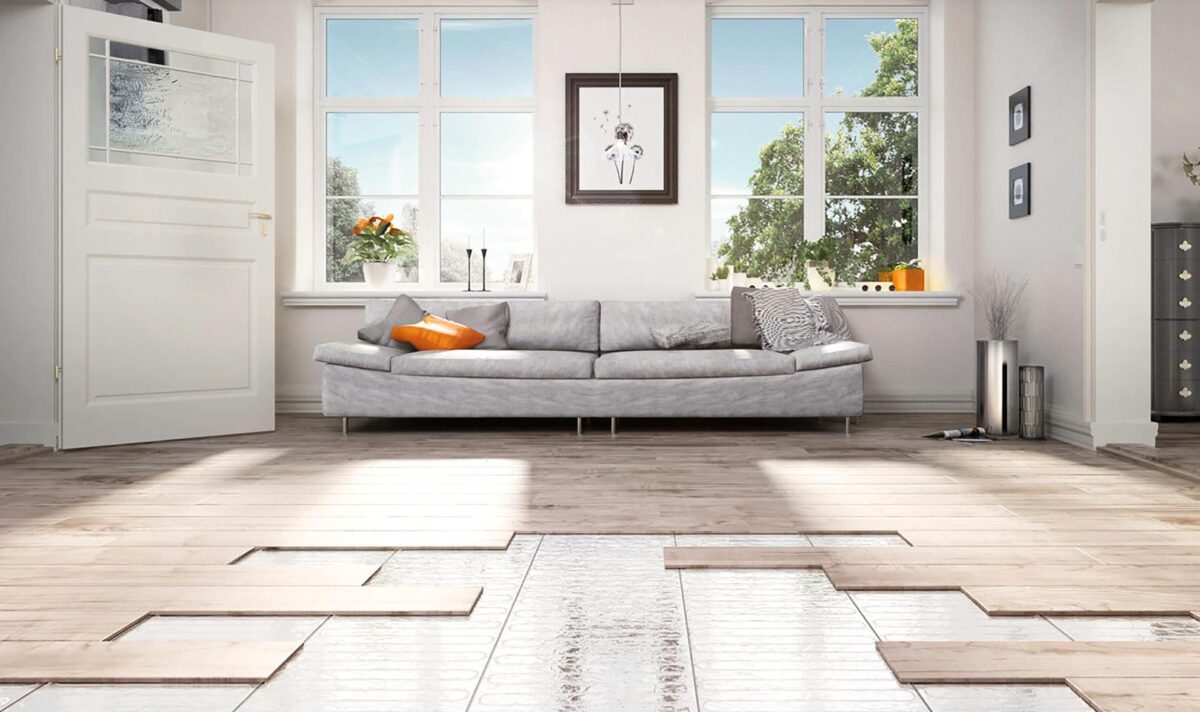Underfloor heating pros and cons: let’s find out together everything there is to know about this innovative heating system which, little by little, is also spreading in Italy, supplanting the classic radiators. We reveal the fundamentals: are you ready?
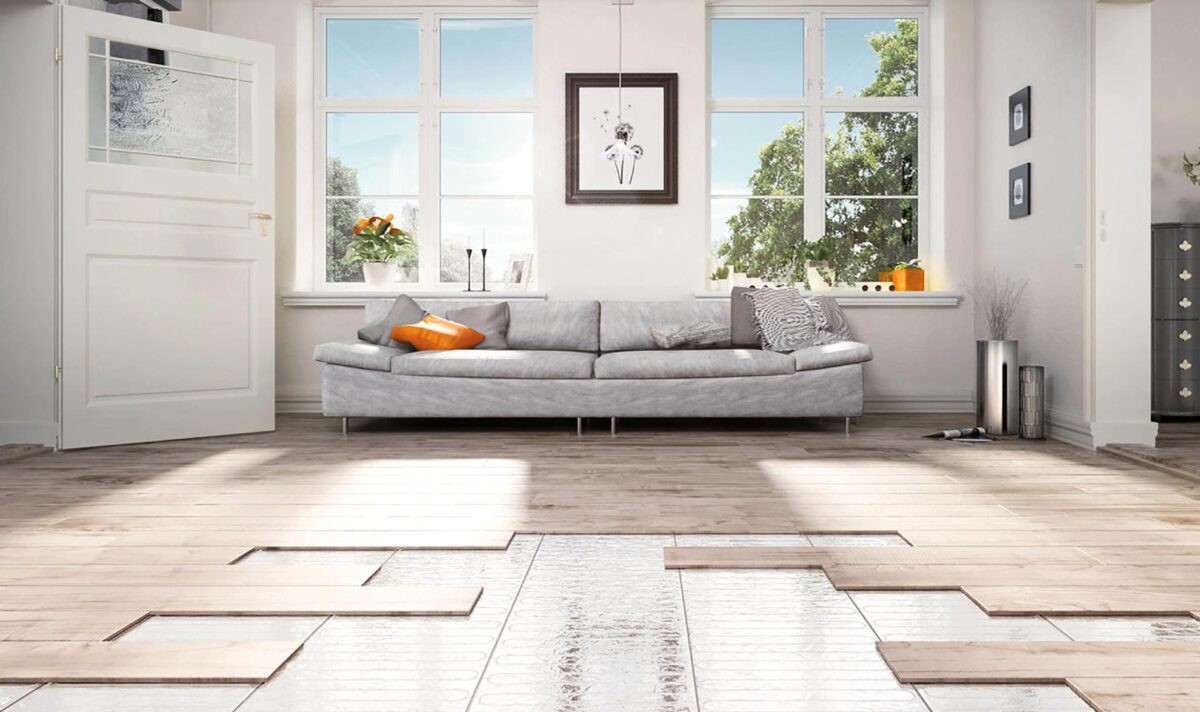
The underfloor heating system it’s a system widely used throughout Europe and, if we look at countries close to us such as Germany or Switzerland, with the highest technology in the construction sector, we will immediately realize how the numbers speak for themselves. Over 50% of the buildings there it uses the underfloor heating system. And there will be a reason.
Let’s find out everything about this type of heating that could represent the future in our homes and could also interest you: characteristics, operation, pros and cons. Take a few minutes to let yourself be transported into a warm and welcoming atmosphere.
Read also: Fancoil or classic radiators?
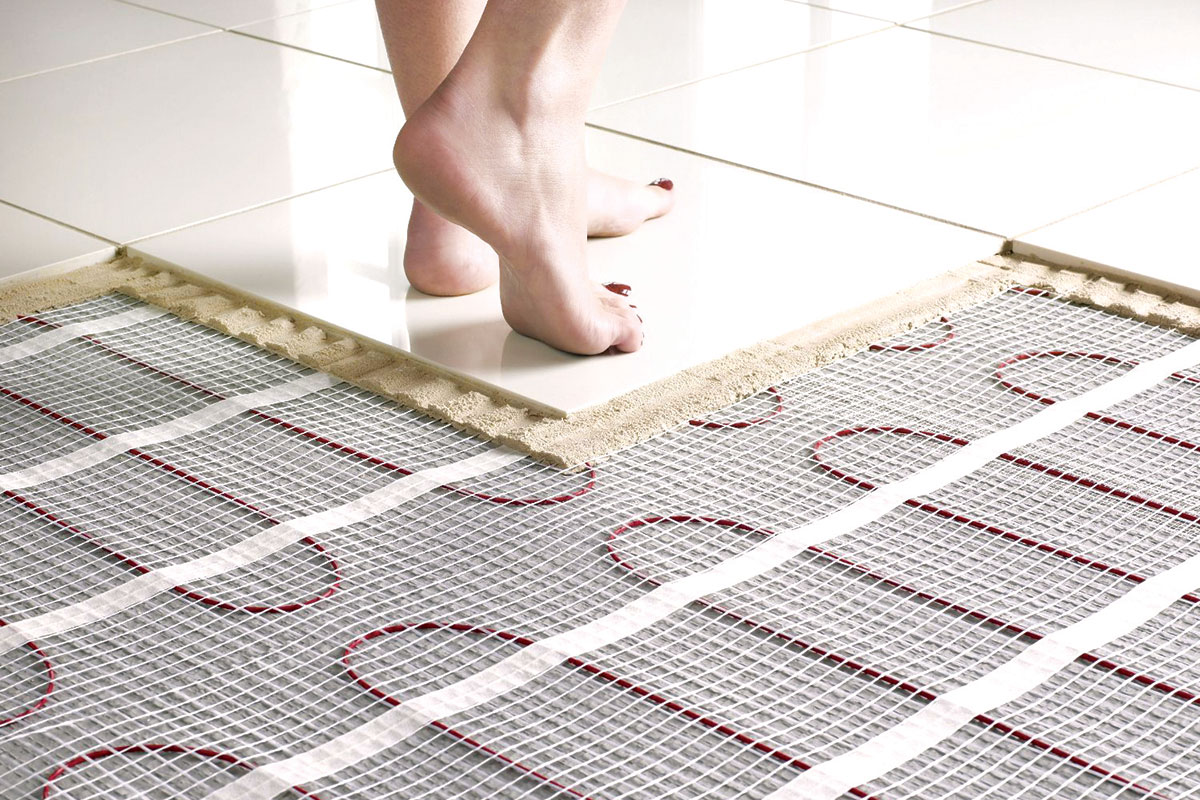
Underfloor heating: types available
Underfloor heating can be used be to reheat only the floor precisely, both to heat the whole house completely replacing the good old radiators. Before leaving, some clarifications are required starting from the fact that there are two types currently available and they are:
- electrical systems: they use electrical cables to generate heat
- plumbing systems: on the contrary, they use hot water pumped through pipes.
Each system offers gods advantages making them suitable for specific projects rather than others, a topic that we will deepen further on. At the moment we start by investigating the two systems better and, one step at a time, we choose the one that best suits your needs. Let’s see how they work starting from the electric one.

How the electrical system works
In an electrical system, a series of electrical cables are installed under or inside the floor to heat a room or a single room, such as a cold tiled bathroom for example. The chosen system will obviously depend on the size of the room itself and whether it is well insulated or not.
L’installation involves the use of:
- cables wide rather flexible to adapt even to small environments
- floor mats heaters to cover larger areas.
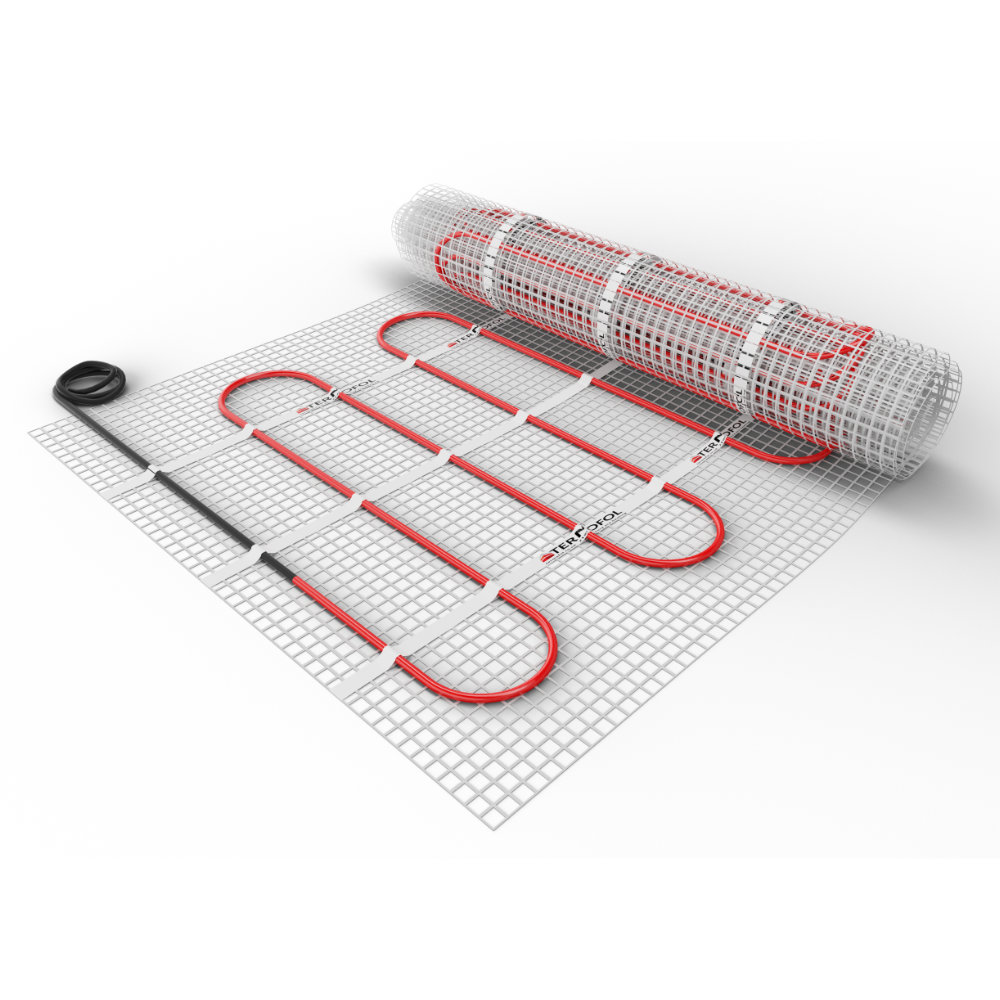
You may be interested in: Radiator in the bathroom: an elegant and advantageous idea
How the hydraulic system works
In a hydraulic systeminstead, a series of pipes are connected more often to a boiler (also with pellets) but also to a heat pump and photovoltaic or solar thermal systems. They through a collector they circulate the hot water throughout the floor to heat the environment. Two versions of it are available:
- dry system
- wet system.
There difference it’s all about how the piping is set up: in the wet system they are in the screed, while in the dry system the boards are in the floor. The latter are more suitable for renovations. A really efficient way to heat your home if you think about the fact that the water does not have to heat up as much as that of a radiator as the heat is distributed more evenly throughout the house.
Do you want design advice on how to furnish? Join the group
This system is usually associated with a stone or tile floor but in reality you can decide to install it even in the presence of carpet, the only care is to choose an adequate thickness that allows the heat to flow upwards. Having studied the technical side, let’s dispel some myths together and bring out the strengths. Let’s get to the heart of the matter: underfloor heating pros and cons.
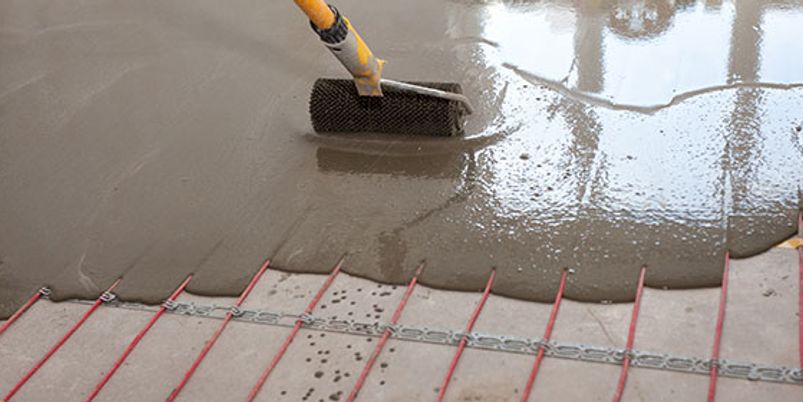
Pro
- Energy saving: in fact, it is possible to estimate that the overall savings that the user can achieve (including the incentives provided by law) are equal to 35%, in the order of 25% annually which will largely balance the initial cost to be faced. 50% more than the cost of classic radiators.
- This plant you can convert also in the cooling system: by introducing cold water instead of hot water you will not incur additional expenses related, for example, to the purchase of air conditioners.
- You have one better and homogeneous diffusion of heat in the house.
- Possibility of resorting to renewables.
- Less dust, mites and molds: with underfloor heating, in fact, the air keeps its humidity level constant, all for the benefit of our health and our allergies.
- Less maintenance.
No less important advantages are linked to the ease of installation of the system, ideal for new constructions, and to the ease of management both in a larger environment or room by room.

Versus
All these advantages are offset by some disadvantages, let’s see them together:
- First disadvantage, as we have already mentioned before, is related to costs depending on the materials and the assistance chosen.
- If there is any damage to the pipes you will need to remove at least in part the floors.
- For the parquet floors a must a good pose of the same to prevent them from rising.
- A heating system of this type requires that the flooring come lift of at least 5 cm.
- An underfloor heating system needs to stick around turned on a whole day to adequately heat the room and must be left on once the temperature has been reached.
In the end, just do the math: is this type of heating convenient or not? It seems so then what are you waiting for? Contact some company for a quote and get an idea of the costs: labor included.
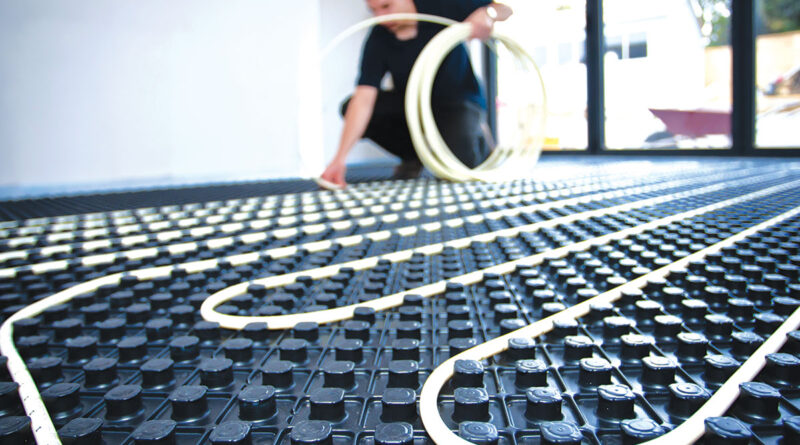
Underfloor heating pros and cons: photos and pictures
We are sure that by reading our article you have also found interesting ideas for heating your home. Always contact a specialized company: the quality of the installation work will affect the performance and duration of the system itself.
That said, if you are in the design phase, make the most suitable choice and find inspiration in some other photos in our image gallery.

